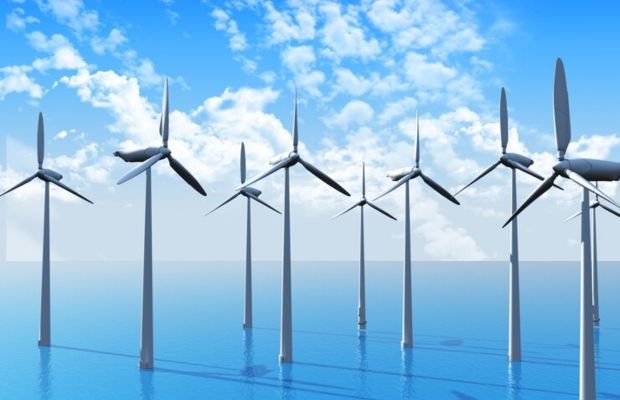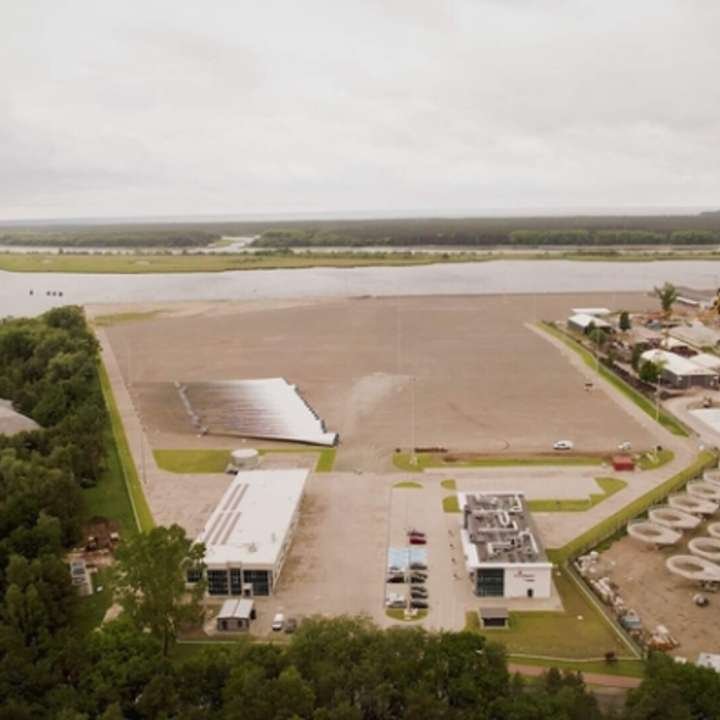The Global Wind Energy Council (GWEC) Market Intelligence report reveals that the global offshore wind capacity has expanded by 83 gigawatts (GW), providing clean electricity to 73 million households. Currently, offshore wind auctions globally have reached a total of 56 GW, with 45 GW actively under construction.
China remains the leading nation in offshore wind energy, holding a market share between 87% and 91%. The country is expected to maintain its dominance until 2027, but projections indicate a decline in its market share to 79% by 2028 and 68% by 2034 as other countries develop their offshore wind capabilities. Japan and South Korea are anticipated to contribute significantly to this shift, bringing substantial offshore wind capacity online.
Emerging markets, including the Philippines, Vietnam, India, and Australia, are expected to initiate their first project developments towards the end of this decade. However, these nations face challenges, particularly in establishing a local supply chain and developing a skilled workforce necessary for offshore wind projects.
Despite the potential for substantial growth, the report highlights a critical concentration risk in the offshore wind sector outside of China. This risk threatens the ability of other regions to meet climate targets due to bottlenecks in the supply chain for components such as turbines, cables, and foundations. Only towers appear to be less affected by these bottlenecks.
Offshore wind projects offer numerous advantages. The report indicates that new capacity additions can yield vast amounts of clean power, contribute billions to national economies, and support hundreds of thousands of jobs. In Europe alone, the offshore wind sector adds approximately $3.2 billion in gross value for every gigawatt installed.
As global energy needs evolve amidst geopolitical uncertainties and changing trade dynamics, offshore wind is emerging as a strategic asset for countries aiming for energy independence. The sector is notably expanding in regions like the Asia Pacific and Southeast Asia, addressing energy demands while promoting sustainable development.
However, the offshore wind sector is currently facing a combination of economic challenges, geopolitical tensions, and industry-specific hurdles. The GWEC report notes that 2024 installations are projected to total 8 GW, a 26% decrease from the previous year, although this still marks the fourth-highest year for installations.
Long-standing issues such as slow permitting processes, inadequate auction designs in mature markets, and growing policy instability in various regions have compounded challenges for the sector. As these factors converge, they create a critical point for the offshore wind industry, necessitating swift action to bolster its growth in the coming years.




